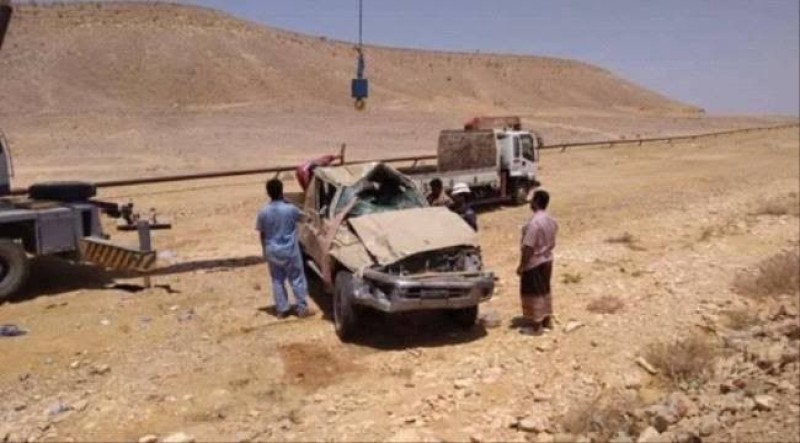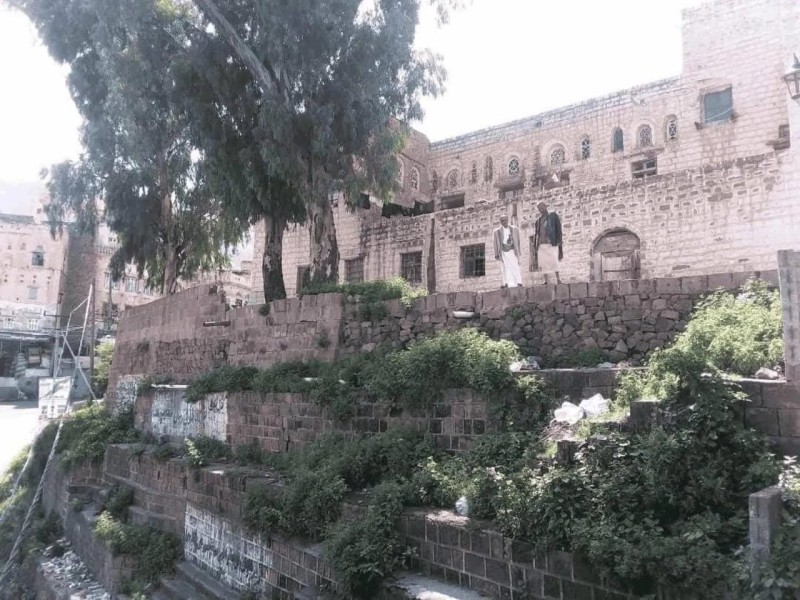Creating pathways to future durable solutions for IDPs in Yemen (December 2022)


An analysis of the displacement context in Yemen and learning from the implementation of the EU funded Durable Solutions Project
Project entitled “Promoting resilience and social cohesion through an integrated response to vulnerable communities in Yemen” (Reference: MIDEAST/2019/405-730)
INTRODUCTION
With the conflict in Yemen well into its eighth year, the humanitarian crisis continues to be among the largest in the world. Over 23 million people are in need of humanitarian assistance. The detrimental effects of conflict have been exacerbated by the collapse of the Yemeni Rial, which has led to increased prices for food, fuel, and healthcare. There are approximately 4.3 million internally displaced persons (IDPs), with approximately 1.6 million living in camps. There were over 400,000 new displacements in 2021 primarily because of conflict, but also increasingly due to heavy rains and floods.
An estimated 1.3 million IDPs have returned since the beginning of the conflict, many of whom remain exposed to protection risks, and face barriers to accessing services and finding sustainable livelihoods. Ongoing conflict, insecurity, the economic situation, natural hazards, and decreased funding for agencies responding to displacement all present significant barriers to the 3 durable solutions settlement options (local integration, return, or settlement elsewhere in the country). Against this backdrop, humanitarian and development actors have begun to consider steps that can be taken to unlock protracted displacement and support durable solutions.
“Promoting Resilience and social cohesion through an integrated response to vulnerable communities in Yemen” (also known as the Durable Solutions Project) was a 2.5-year project funded by the European Union that pilots a durable solutions approach to programming in Yemen (reference MIDEAST/2019/405-730). The Durable Solutions Project (DSP) placed a focus on addressing the immediate needs and longerterm priorities of displacement-affected communities. The project was implemented by an ACTED-led consortium in partnership with Care, the Danish Refugee Council (DRC), the International Rescue Committee (IRC), the Norwegian Refugee Council (NRC), and Search for Common Ground in Lahj and Dhamar governorates. With the project ending in November 2022, it was an opportune moment to document learning from the project to better understand how actors responding to displacement in Yemen can implement programming that contributes to durable solutions for IDPs. With this in mind, the DSP consortium commissioned a consultant to undertake research with the following 3 objectives:
OBJECTIVE 1:
Solutions analysis Analyse the context vis-a-vis durable solutions in Yemen and the barriers and opportunities it presents for durable solutions focused programming
OBJECTIVE 2:
Learning from DSP Identify learning, including challenges and promising practices, from implementing the DSP in Yemen, with a particular focus on how the project contributed to durable solutions
OBJECTIVE 3:
Programming framework Based on findings under objectives #1 and #2, develop a draft framework for future durable solutions-focused programming in Yemen
This report presents the findings and recommendations of this research. The next section presents the approach and methodology used in the research. Following this, the report is presented in 3 parts corresponding to the research’s three objectives:
PART 1- Durable Solutions Analysis- provides an analysis of the barriers and opportunities for durable solutions and the extent of displacement-specific needs and vulnerabilities in Yemen. It analyses the displacement context, the lived reality of individuals living in displacement-affected communities, and the nature of the current response to displacement and crisis in Yemen.
PART 2- Lessons Learned- identifies learning, including challenges and promising practices, from implementing the DSP in Lahj and Dhamar governorates. Nine lessons learned, which are specifically related to how the project contributed towards durable solutions, are presented.
PART 3- Durable Solutions Programming Framework- proposes interventions and approaches that can be adopted to design and implement humanitarian and development programming that contributes to durable solutions in Yemen. The Framework identifies a set of desired outcomes and a series of interventions related to assessment and analysis, programmatic actions, advocacy, and the adaptation of programming.

Abyan – Local sources in Yemen reported that one person was killed and four others injured on Saturday following a collision between a milita…

Ibb – Local sources in Yemen’s Ibb governorate reported that Houthi militias have leased the building of the provincial museum to a con…

Oslo — Yemen is expected to remain one of the world’s most violent conflict zones over the coming year, according to a new report issue…